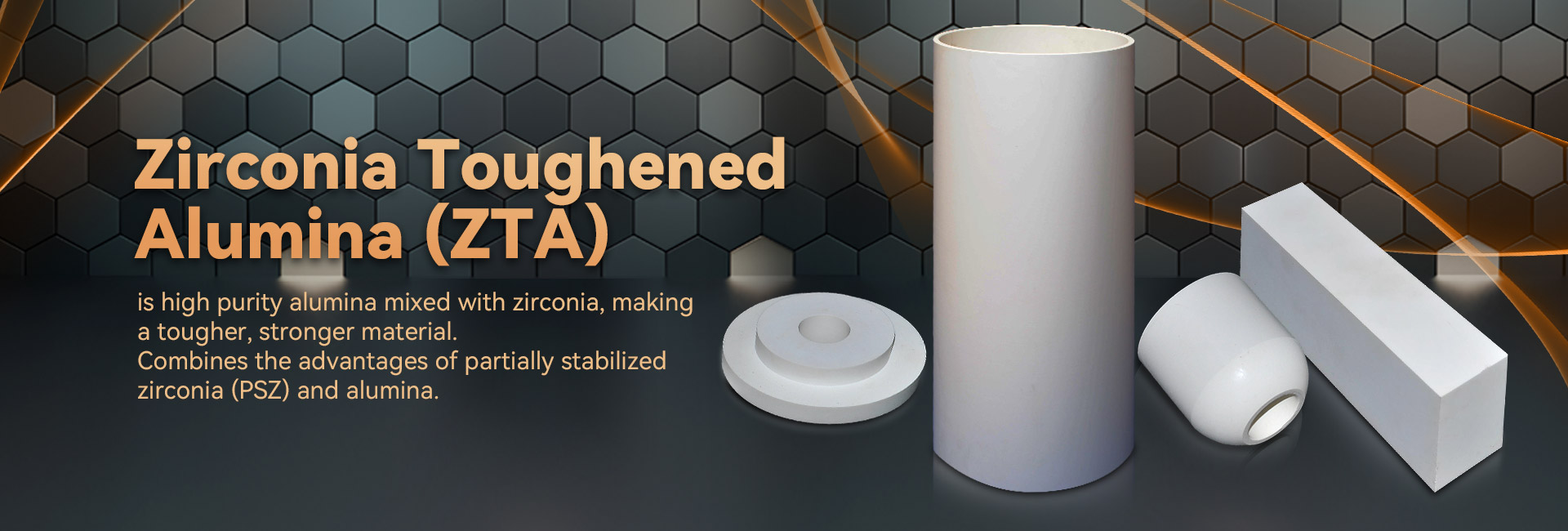
Precise alloy showcase distinguished compositional features, establishing them suitable for a expansive variety of implementations. Developing from aeronautical and vehicles to tech hardware, these composites are regularly growing to address the expectancies of a contemporary context.
- Their toughness and endurance to extreme settings make them indispensable for top-tier equipment.
- In addition, technical ceramics grant pros in terms of longevity, boosting the development of leading-edge techniques.
Engineering Compounds: Assembled for Superior Effectiveness
Developed ceramics outperform in rigorous uses due to their superior elements. Constructed from chosen raw inputs and passed through intensive processing approaches, these leading ceramics exhibit remarkable toughness, corrosion resistance, and endurance to intense atmospheres, deterioration, and wear. From aviation units to machining tools, industrial ceramics offer unique quality across diverse industries. Their versatility allows surviving rough circumstances, securing survival and consistency. As technology progresses, the desire for top-tier components grows, cementing the essential duty of industrial ceramics in shaping a fortified prospect.
High-Tech Ceramics: Scaling Material Limits
Material, showing exceptional strength and resilience, are encountering a transformation. Next-generation ceramics, formulated with exact control over their blend and small-scale texture, are pushing the confines of what is attainable. These forms present a vast assortment of essentials, appointing them perfect for demanding applications such as astronautics, medical domain, and energy. From low mass parts that persist through extreme hotness to biocompatible implants that unite naturally with the human body, advanced ceramics are redefining our sphere.
Fine Ceramic Creation: Satisfying Rigorous Requisites
Technical ceramic fabrication has advanced decisively in recent eras, empowering the design of elaborate and highly effective ceramic items. These items are crucial across a wide range of arenas, including astronautics, therapeutic, and digital domains. Attaining the stringent requirements for these purposes calls for meticulous fabrication methods that provide for dimensional exactness, surface polish, and material properties. Innovative ceramic fabrication processes utilize manifold methods, including slip casting, injection molding, and additive manufacturing. These processes make possible the formulation of complex configurations and meticulous components with exceptional consistency. Moreover, advances in material research have resulted in new ceramic compounds endowed with enhanced traits. These composites exhibit increased longevity, survival, and tolerance to extreme heat conditions, enabling their use in exacting sectors.
The expectations for fine ceramic fabrication are significant. As examinations and progress proceed, we can count on even more advanced processes and forms that will also extend the thresholds of what is within reach in this domain.
Robust Ceramic Structures for Challenging Conditions
Ceramic materials possess extraordinary durability and resistance against harsh locales, making them suited for stringent functions in aviation territories. These modern ceramics can bear drastic climatic loads, guard against degradation, and secure their capability under extreme performance pressings. Their incomparable nanostructural aspects equip trusted performance in tough placements, including thermal reactors, power units, and nuclear reactors.
- Engineered ceramic blends
- Thermal resistance
- Optimized lightness
Ceramic Alloys: Fusing Resistance and Capability
Engineered composites present a potent mix of mechanical durability and distinct exceptional features. Through the blending of ceramic fragments within a foundation, these structures achieve remarkable qualities. This blend results in heightened defense against high hotness, wearing, and chemical degradation, rendering them appropriate for critical functions in flight, motoring, and utilities industries. Furthermore, ceramic composites are tailored to possess unique properties like electrical conductivity or biocompatibility, increasing their reach across diverse sectors.
Structural Regulation in Leading Ceramics
Attaining intended characteristics in modern ceramics consistently compels meticulous supervision over their fine formation. Countless handling specifications, including sintering thermal setting, length, and atmosphere, alongside the infusion of dopants or additive phases, meaningfully affect the distribution of crystals, permeability, and other microstructural traits. Exact optimization of these settings allows for the growth of fracture resistance, splitting resistance, and heat conductivity. Specifically, augmenting the sintering thermal exposure can accelerate grain expansion, thus increasing crowding and improving mechanical fortitude. Conversely, modulating the firing atmosphere may shift the oxidation level of the ceramic, thereby influencing its electrical charge transport or magnetic traits. Recognizing these relationships between microstructure and properties is vital for creating advanced ceramics with customized traits suitable for many operations.
Abrasion-Resistant Ceramics: Elevating Toughness
Throughout hard-wearing workshop industries, where parts are strained to constant wear and breakdown, compounds with exceptional durability are paramountly crucial. Wear-resistant ceramics have appeared as a principal fix, yielding unparalleled resilience and operation in diverse realms such as industry, mining, and aerospace. These modern forms possess a exclusive texture that increases their ability to fight degradation. By leveraging the essential sturdiness and density of ceramic materials, engineers can develop sturdy parts capable of withstanding the most severe operating conditions.
Health-Safe Structures: Purposes in Therapeutics
Clinically safe ceramics have recast the medicine industry, supplying an array of supportive attributes for wide-ranging roles. These articles are non-reactive within the biological entity, minimizing reactionary responses and facilitating restoration. A prime operation for biocompatible ceramics is in bone grafts, where their rigidity sustains long-lasting backing to damaged biological tissues.
Over and above, they are exploited in dental prosthetics, yielding a steady and attractive solution for tooth replacement. Ceramics also occupy a key function in pharmaceutical formulations, supporting the precise application of drugs to specific regions within the body.
- In addition, biocompatible ceramics are progressively being probed for organ regeneration, serving as a foundation for wound healing.
- For that reason, the outlook of biocompatible ceramics in biomedical fields looks bright, with continual development expanding their functions.
Precision Ceramic Sensors: Improving Precise Calculations
Sensitive ceramic devices have emerged as key parts across a varied array of subjects. These instruments utilize the steatite ceramic incomparable essentials of ceramic substances to deliver highly trustworthy observations. Their toughness in {demanding|harsh| 